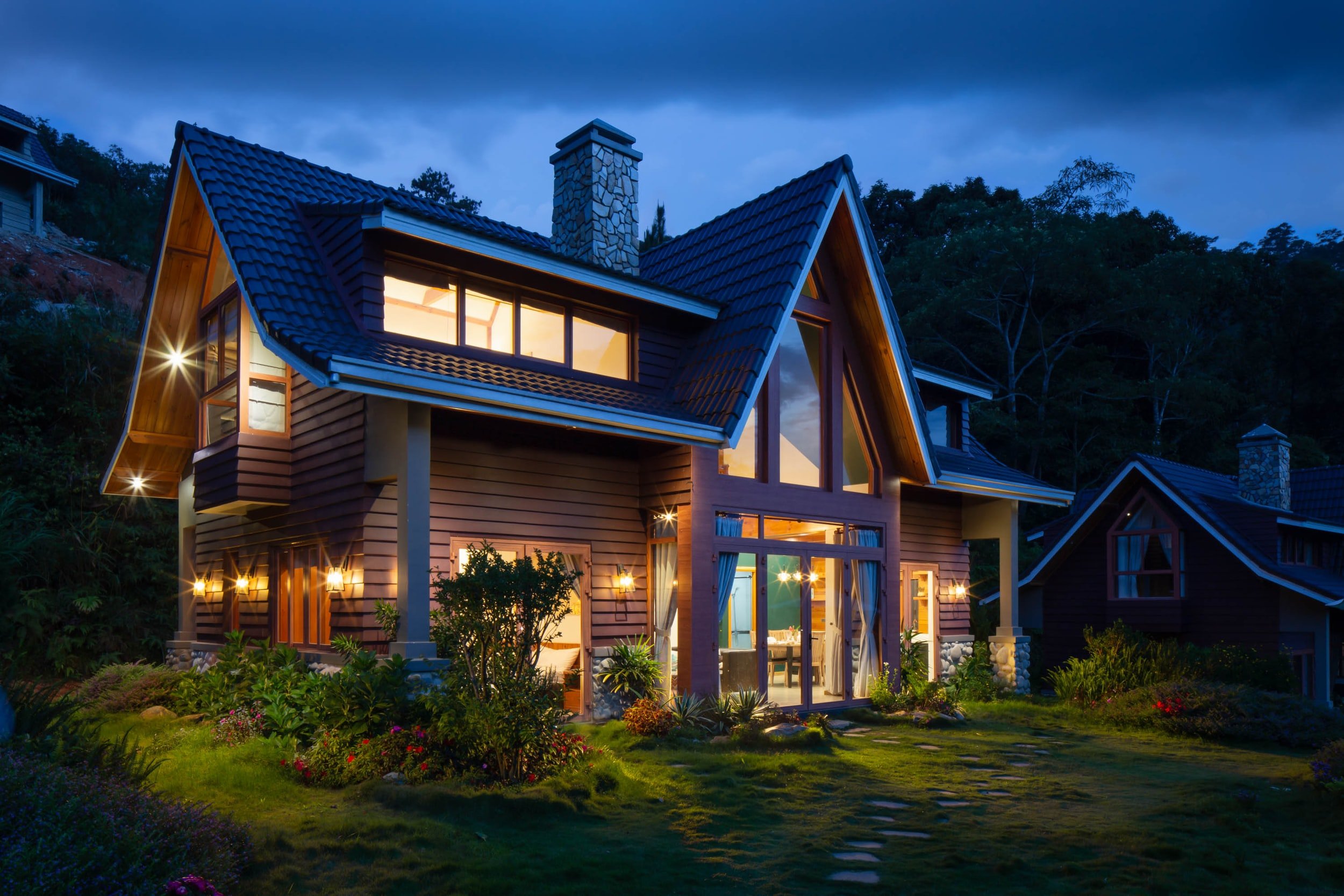House Trends with Futurist Sylvia Gallusser
Sylvia Gallusser, Founder and CEO of Silicon Humanism, believes that the pandemic revealed the need for communities to become better equipped with home assisting technologies to complement human care in times of social distancing. From extensive networks of bike paths and sidewalks for recreation when gyms are closed to helping seniors easily visit local businesses or medical offices, and also having food trucks and farmer’s markets coming to communities to provide healthy food at the door of fragile populations.
Silicon Humanism is a research organization focused on how technology is serving or preventing our species by examining our social nature and human future. The main topics addressed include well-aging, the future of work, the molding of the next generation of children, and intergenerational ethics. One of the core scenarios of Silicon Humanism consists in a technologically supercharged world, in which human beings still resort to social interaction, connection to nature, and tech-free bubbles or no-tech lands.
Researchers at John’s Hopkins and the University of Utah found that city density wasn’t linked to infection rates, whereas connectivity and transportation between counties mattered more for viral spread and mortality. Cities proved to be more resilient and to distribute resources to their citizens efficiently and equitably.
“The European Commission aims to transform rural communities and build smart villages through the Smart Rural 21 program. It all revolves around a paradigm shift: instead of considering rural populations as recipients of government aid, smart villages will have the necessary means (such as digitization) to become engines of change and production centers.”, says Sylvia.
Intergenerational villages
According to her, an interesting future trend is the development of senior and intergenerational villages: a system started in Beacon Hill, Boston, in 2001 as 12 neighbors searched for ways to help each other age safely at home. It provides transportation, social events, entertainment, discounted medical and wellness services, provider referrals, and help with moving furniture, grocery shopping, and IT setup. Beacon Hill Village inspired 500 other villages.
DYI energy houses
Sylvia’s vision of her “house from the future” can be seen as a challenge: a place where sports and physical activity are transformed into energy. “Imagine a piezoelectric floor or fitness installations, weight-lifting machines, that transform your effort into energy. I am fond of the idea that each of us is a unit of energy production, that by moving, dancing, exercising, can produce energy for the broader community.”
Nature & sustainability houses
An uprising future trend is a biophilic design, with Phyto walls (made of plants), indoor gardens, and furniture built from growing plants and trees. “Grow-your-own-home is a trend I am taking a close look at. Carbon-neutral materials will become mandatory, and the fact that we could even use carbon-negative materials that capture CO2 from the atmosphere (such as the mentioned living-tree-based furniture) is truly exciting.”, thinks Sylvia.
Her true vision of home is close by nature, a home life that cultivates well-being and community living, like micro-schooling and parents taking turns babysitting the children on weekends, with spaces destined for the kids to connect, and a small farm area for all to take care of, and community fridges for less food waste.
3D printed and carbon-neutral houses
The 3D-printed houses we have been talking about for almost a decade are finally starting to emerge. The architecture and design magazine Dezeen published a list of seven 3D-printed houses around the world. In the same time, Italian architects have developed a low-carbon housing prototype based on ancient building techniques: two connected domes fitted with glass doors and a large skylight at the top. “It combines modern technology and locally sourced clay, and uses a multi-leveled 3D printer that can complete the structure in 200 hours.”, she explains.
Another example she points out is the 3D-printed houses in Austin, Texas, by the construction technology company ICON: it took five to seven days to print each house and was built from concrete designed to cope with extreme weather.
“These homes are supposed to provide safer, more resilient homes able to withstand fire, flood, wind, and other natural disasters linked to climate change,” told Sylvia, which represents an accomplishment for home buildings if we place ourselves in the face of all the natural disasters humanity is facing right now.
“There is a lot of fascinating innovation going on in the field of 3D printed homes, which will enable to decrease housing costs and to increase access to housing for the most fragile in the upcoming years - given that affordability has become the main driver of the housing market, following the pandemic” concluded Sylvia Galusser.
Sylvia is a speaker at the 6th edition of Future Summit, taking place in November 15-21 online.

